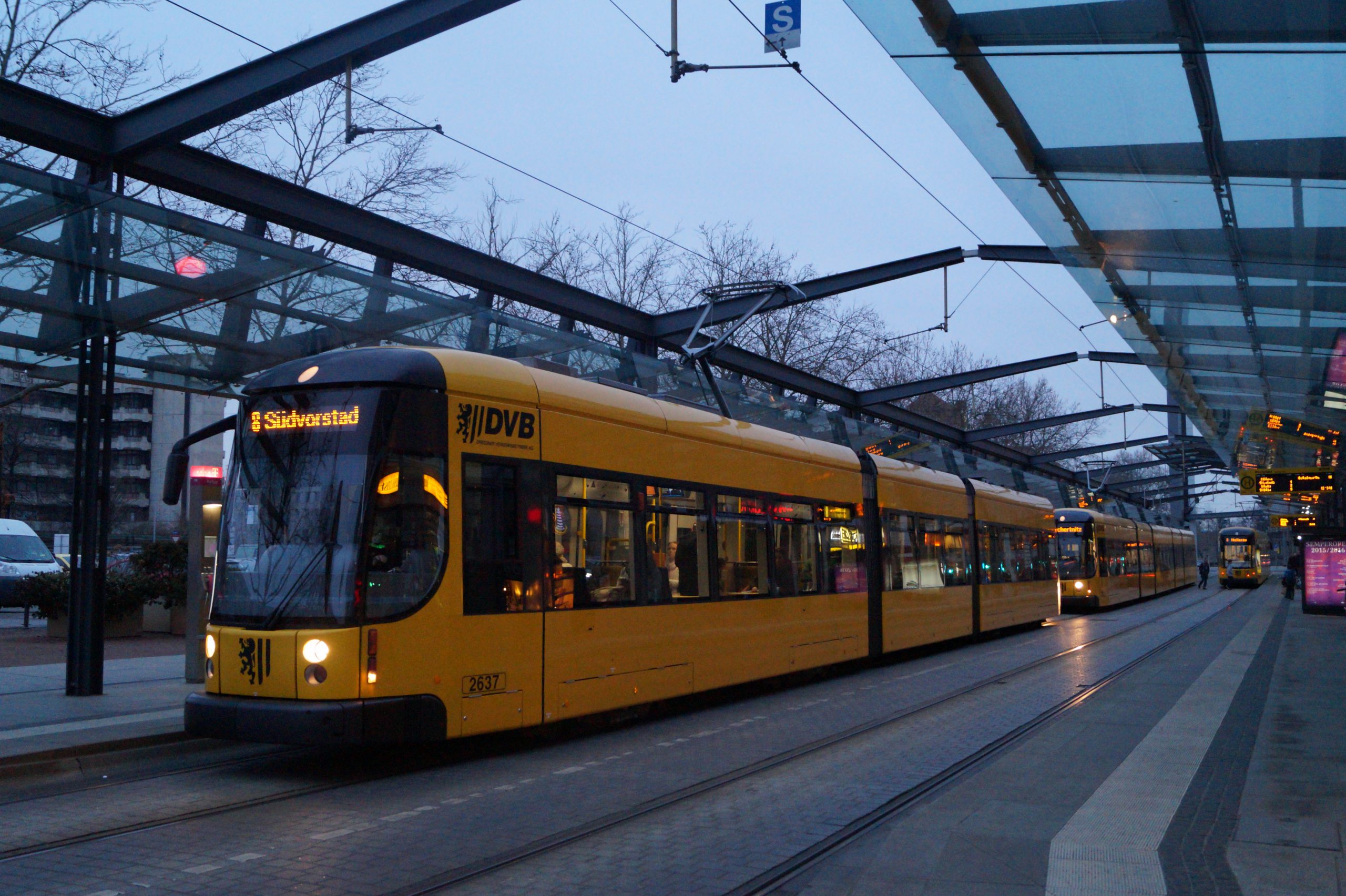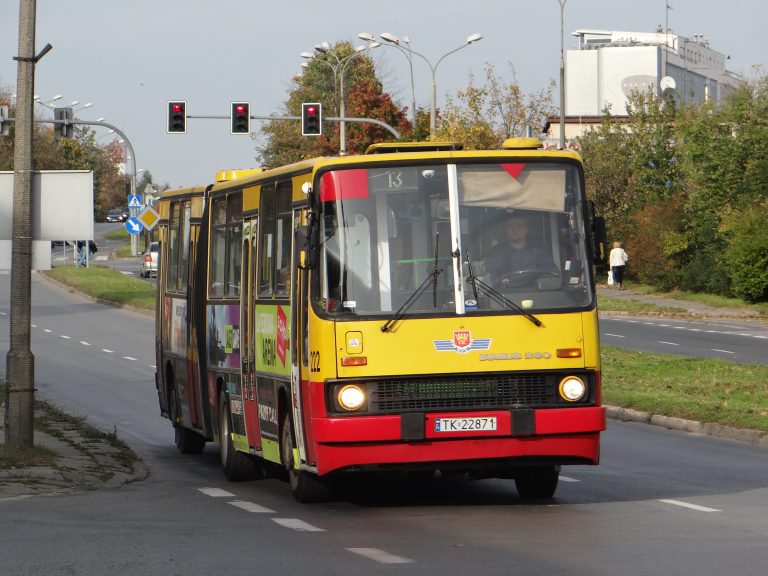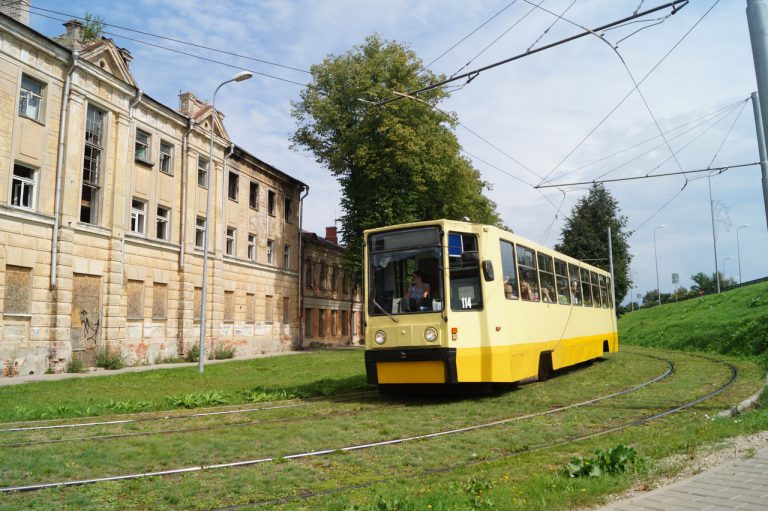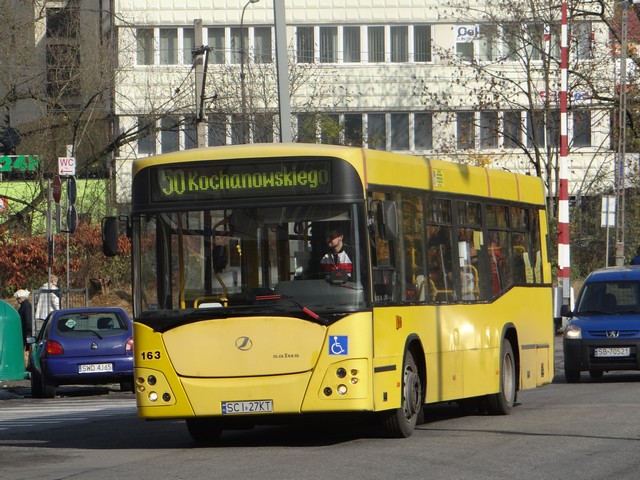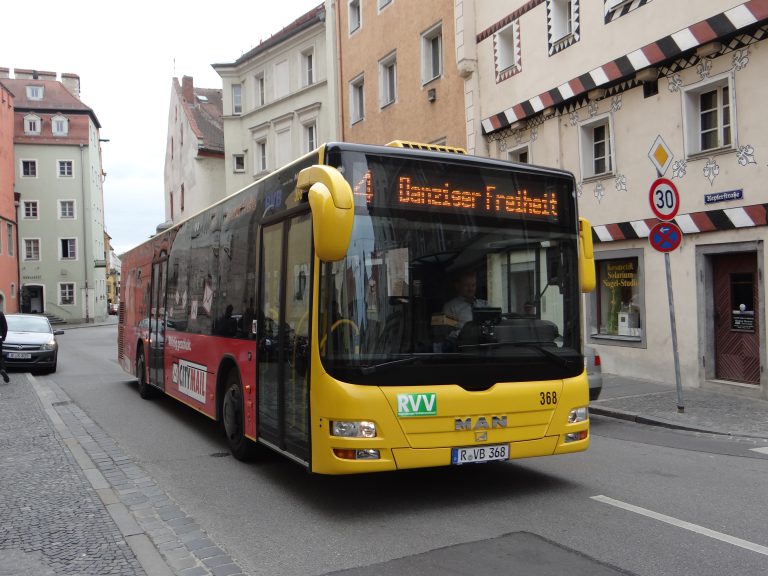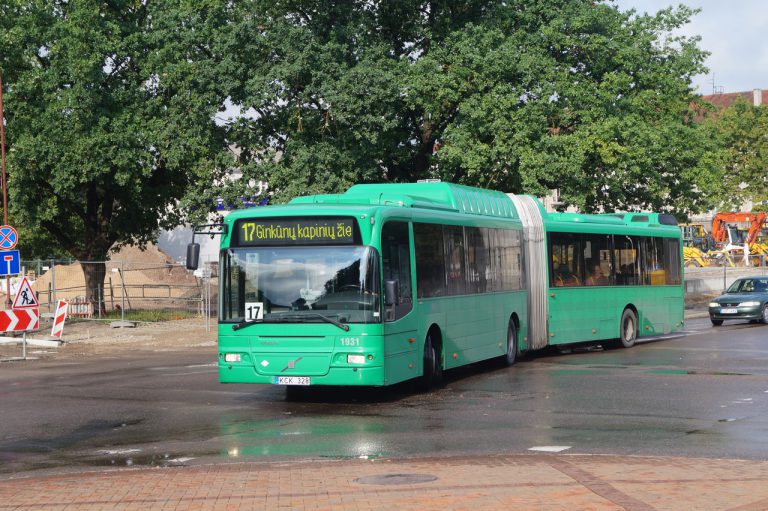DRESDEN
City
Dresden (czech: Drážďany) is the capital of Saxony and the second largest city in Saxony. Other important cities, such as Chemnitz, Leipzig and Berlin, are close to Dresden. Prague is 150km south, Wrocław is 230km east.
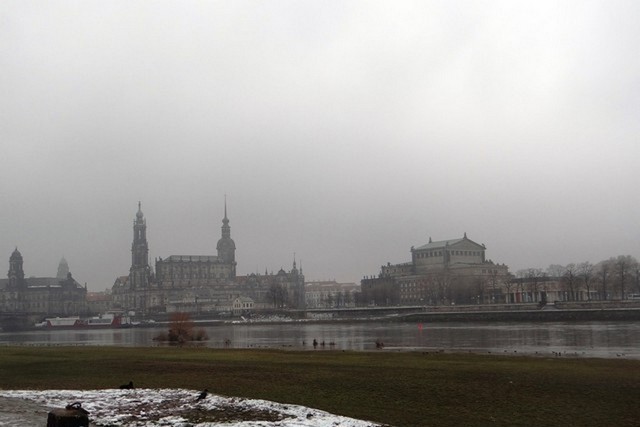
The documents of the first settlement on the territory of the city date back to the 5th century BC. However, due to the high afforestation of the area, there was no wider settlement until the early Middle Ages. To the east of the Elbe there were originally The Germans, who were gradually germanized. The first written mention of Dresden dates back to 1206. As of 1216, Dresden was first mentioned as a city.
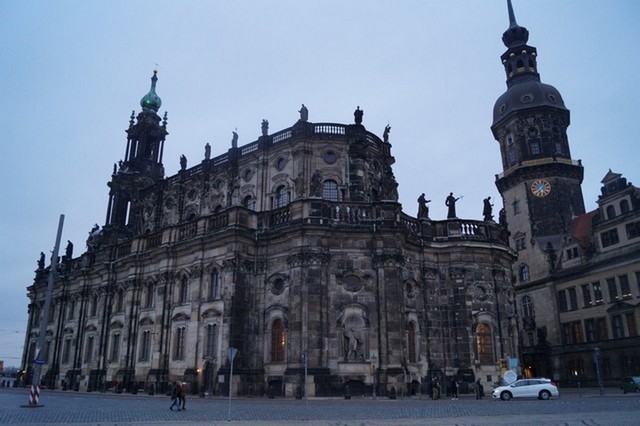
In modern times, a number of Baroque, Classicist and historic buildings were created in the city, which in their meaning extend beyond the borders of the federal state of Saxony. Highlights include Zwinger Castle, roman Catholic Trinity Cathedral, known as the Hofkirche, and the monumental Protestant Church of Our Lady of the Frauenkirche.
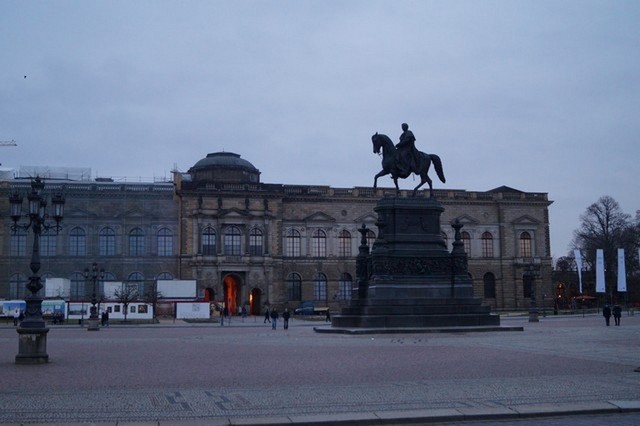
Dresden’s oldest building for exhibitions is the Ohanneum on Neumarkt Square and currently houses the Verkehrsmuseum Dresden Transport. You can go to the world of unique means of transport. All transport sectors are represented in the museum. The Johanneum building, where the Saads „parked“ their carriages and horses more than 400 years ago, provides the museum with a wonderful architectural backdrop.
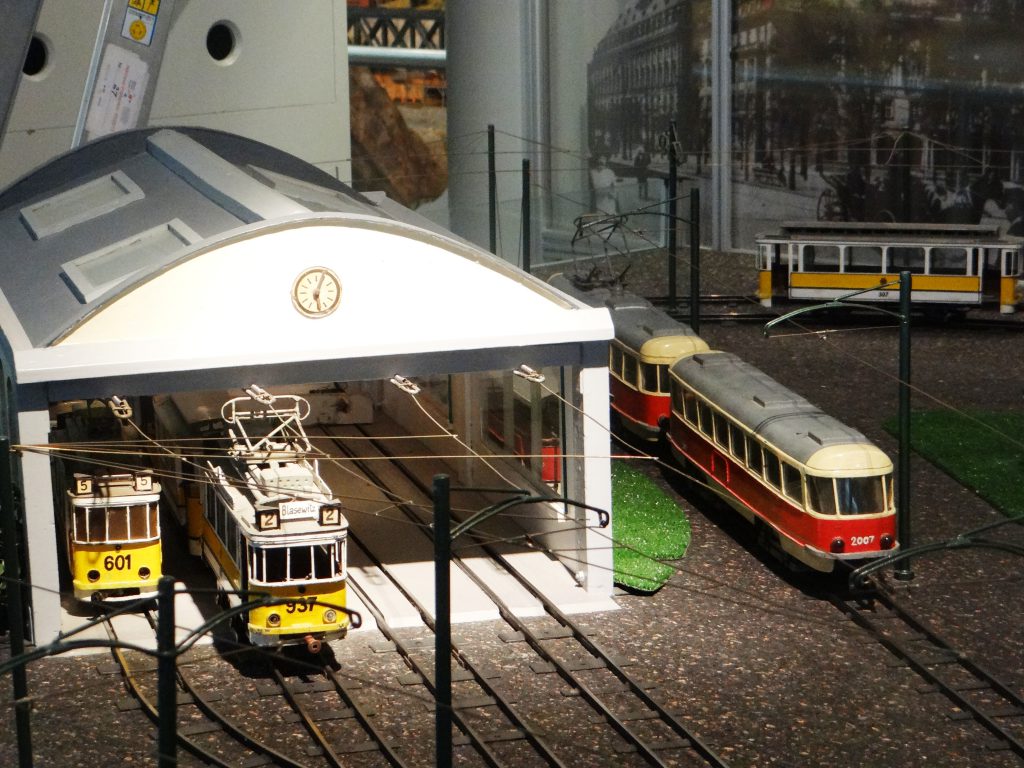
As early as 1958, Dresden was divided into five districts – central, east, west, south and north. Since 1991, the city has been divided into 10 boroughs (Stadtteile). In 1997-1999, 9 local parts (Ortschaften) became part of the city.
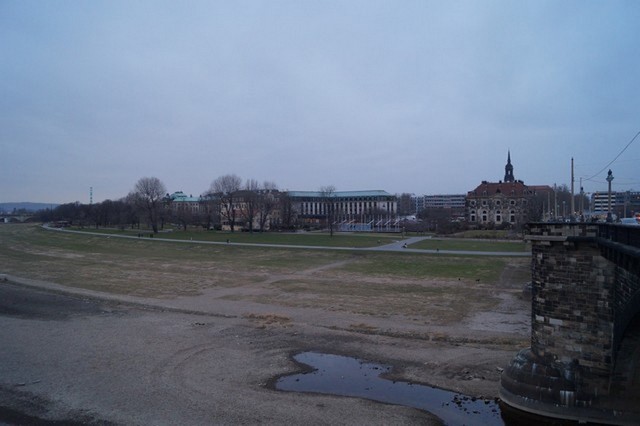
Railroad
Dresden forms a large railway hub, which is linked to five main and long-distance transport lines. Dresden Hauptbahnhof Central Station is the most important train station in town next to Dresden-Neustadt Station. Dresden-Friedrichstadt is the city’s largest cargo station.
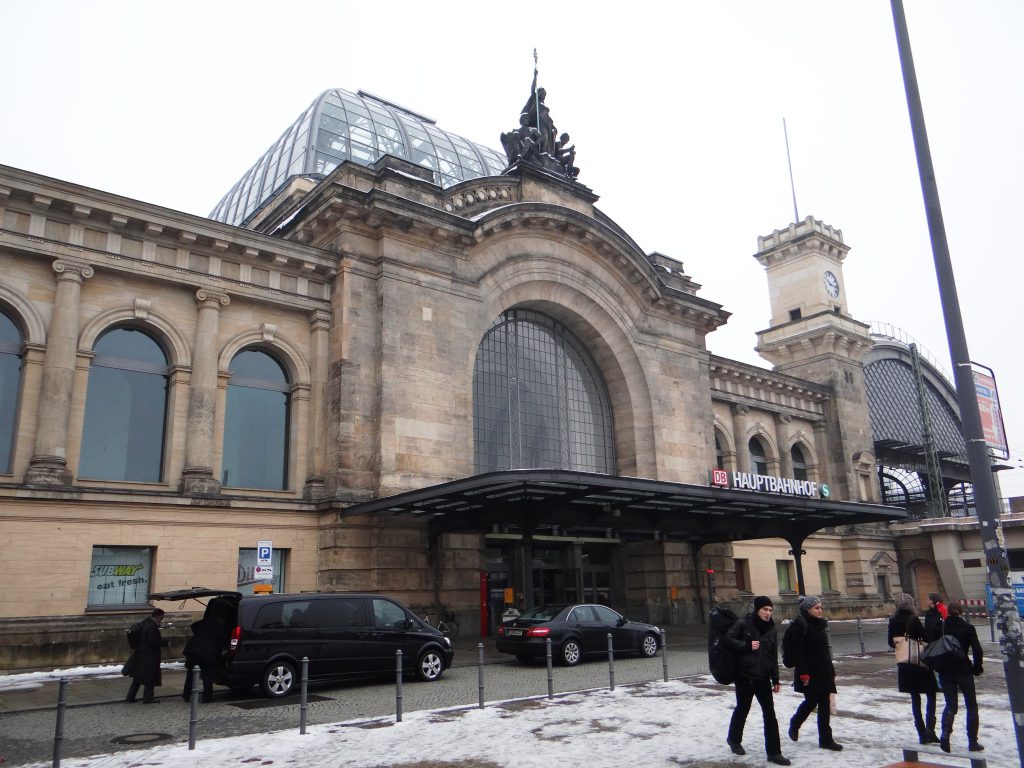
Starting on 30 September 1973, a regional railway line was introduced with regular intervals on the Dresden – Pirna, Dresden – Tharandt and Dresden – Meißen, routes. A year later, a suburban tariff was introduced. As of 31 May 1992, the designation S-Bahn, line S1 (Schöna – Pirna – Dresden – Meißen,) and S5 (Dresden – Tharandt) were introduced.
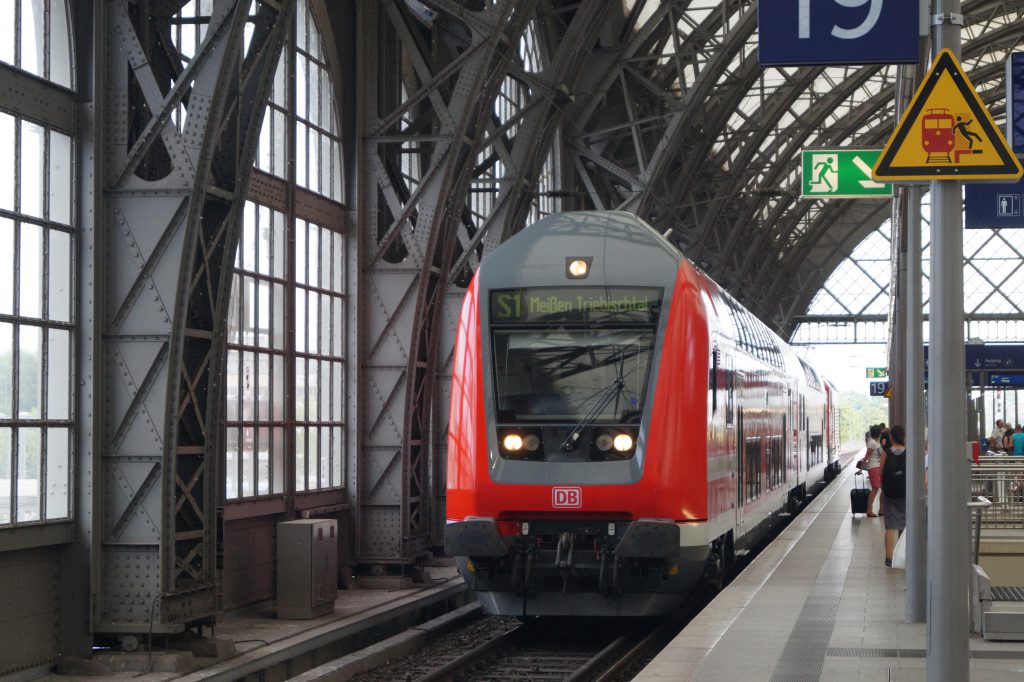
From 30 May 1999, the S2 line from Pirna was introduced directly to Dresden Airport. On the same date, the original S5 line was re-marked to S3, in order to mitigate the original plans. Selected S3 services on weekdays are designated S30 and continue from Trarandt to Freiberg.
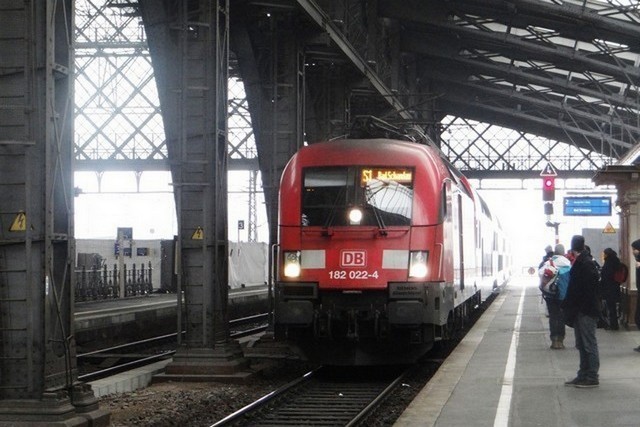
Trams
In 1838, the first horse-drawn carriage, the forerunner of public transport, appeared in Dresden. In the following years, this network was further expanded, especially to the wider suburbs. On 26 September 1872, dresden’s first horse-running tram opened. The line from Blasewitz to Dresden-Plauen started with the gradual cancellation of the wagons, which last left in 1899.
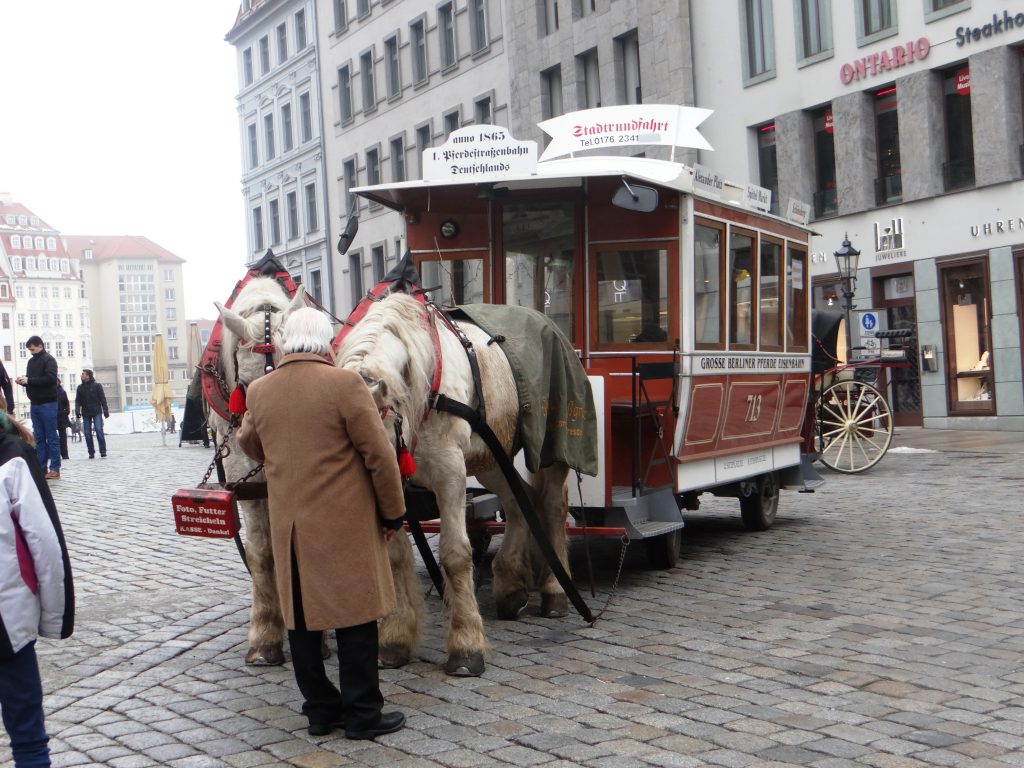
From the end of the 1960s, Czechoslovak-made Tatra T3 cars began to interfere with the operation. For spatial reasons, they could only ride the triebshof Waltherstraße – Betriebshof Tolkewitz und Neustädter Markt – Bahnhof Klotzsche. Since 1968, therefore, narrowed Tatra T4D cars have been supplied, supplemented later by Tatra T6A2D cars.
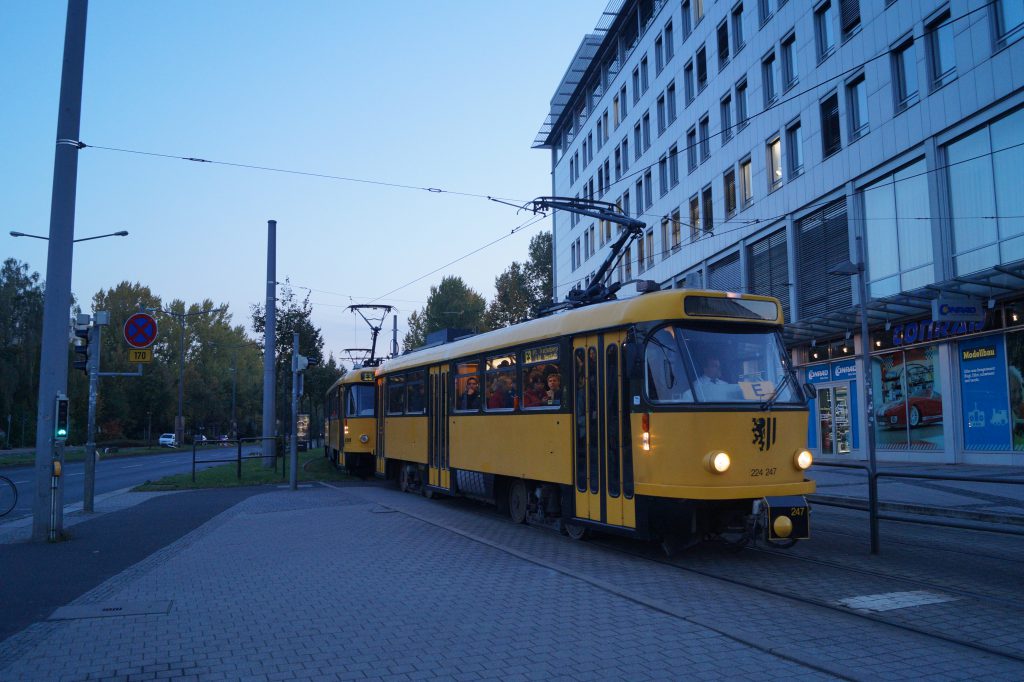
After the gradual renewal of the fleet, the cars of the German company Bombardier disappeared from regular operation in 2010, appearing very rarely as extraordinary reinforcements or on nostalgic rides.
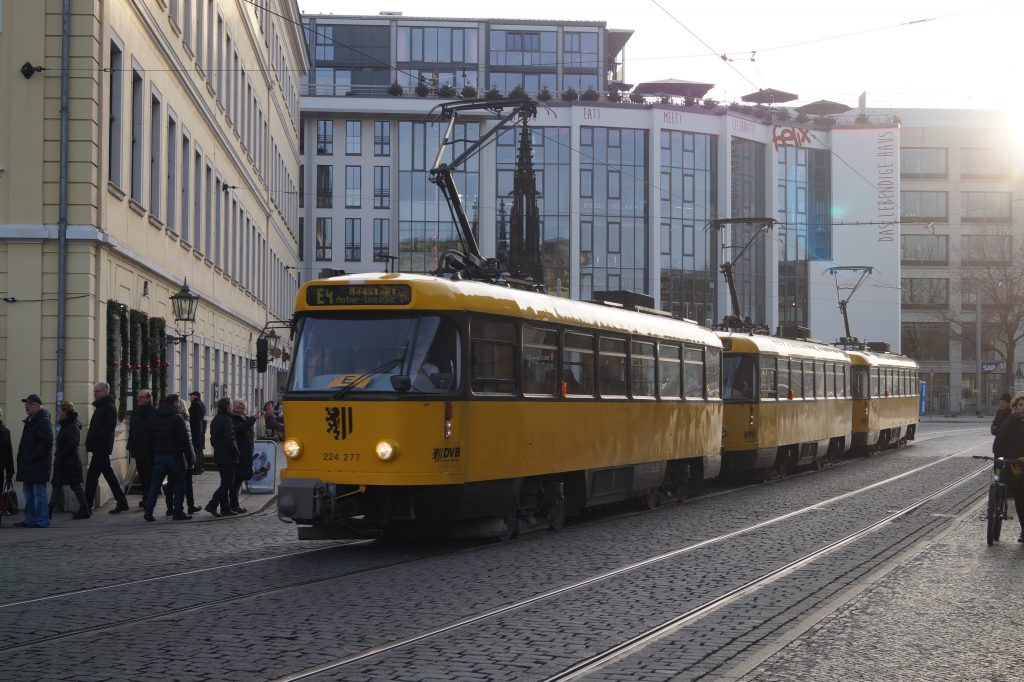
Today, trams form the backbone of local transport. The network consists of 12 lines marked 1-13 (missing number 5), which operate all day and all week, selected connections even at night. The services run only in the city, except line 4, which also serves the neighbouring towns of Radebeul, Coswig and Weinböhla.
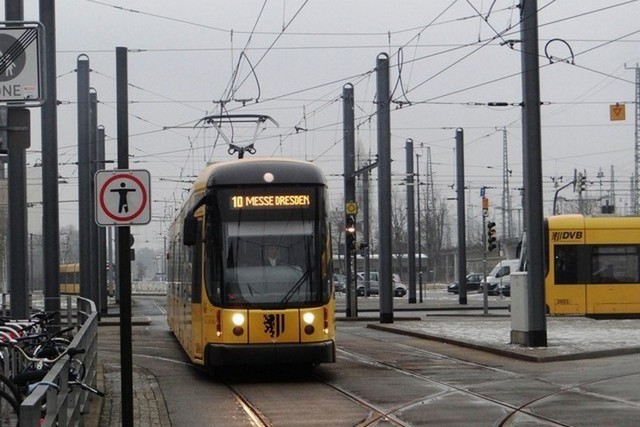
Trolleybuses
Dresden was one of the German cities where trolleybuses appeared in the past. From 24 March 1903 to 19 March 1904, AMG operated a line connecting the north of Dráždan with the municipality of Klotzsche (today this route is run by tram 7). However, there were no funds to finance the for-profit operation.
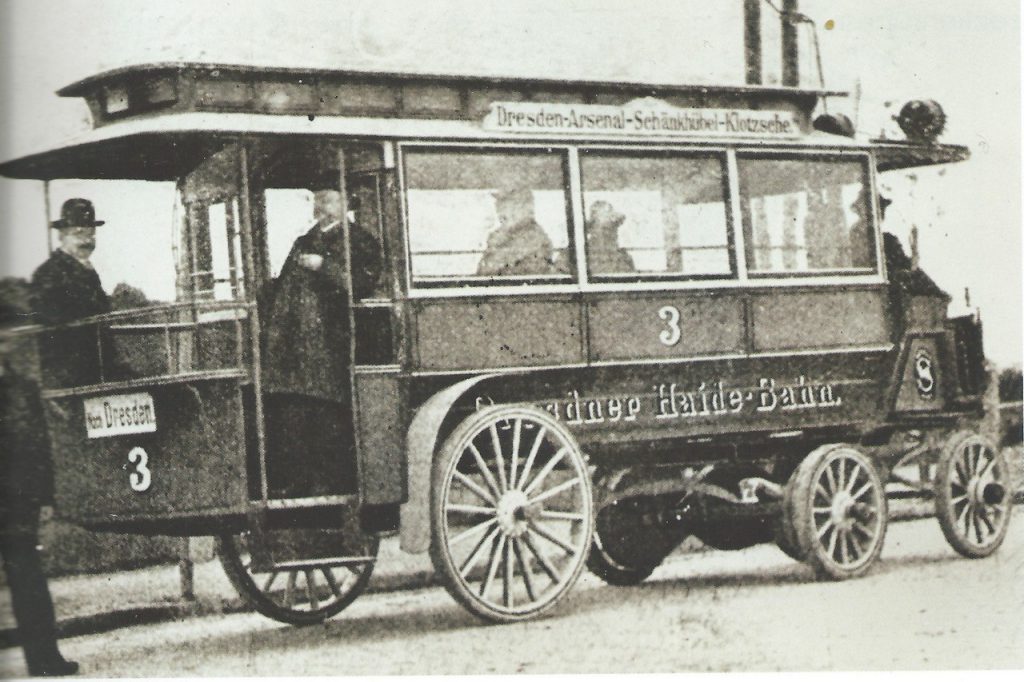
Trolleybuses have reappeared on line C since 8 November 1947 on the Müncher Platz – Loschwitz line (bus 63 now runs here). Over the years, there has been shortening and prolongation elsewhere. Since 1964, two lines have been operated under the designations 61 (Willi-Ermer-Platz – Falkensteinplatz) and 62 (Technische Hochschule – Weißig). Since 1966, they have been merged into one route under number 61 again, and after gradual shortening, trolleybus operations in Dresden were finally terminated on 28 November 1975.
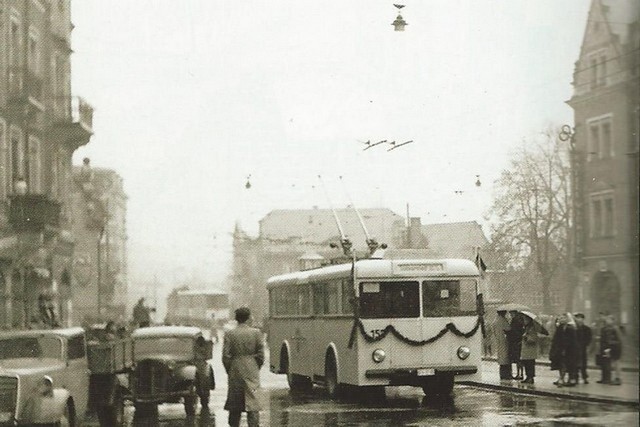
Buses
On 1 April 1914, dresden’s first bus service opened. It ran from Dresden’s Neustadt station to Nürnberger Street. It lasted only a few months, when on 4 August 1914 the buses were confiscated by the military authorities and the operation stopped. It was not restored until 1925.
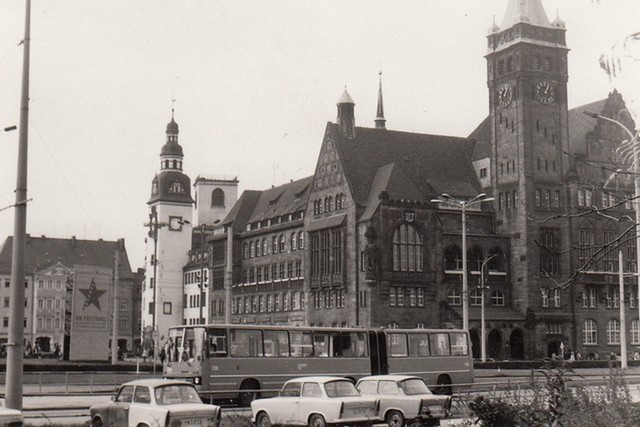
Today, the bus network in Dresden is made up of a larger number of lines. Lines 61 to 66 are considered strong lines to complement traffic where trams do not go and operate to approximately the same extent. Lines 70 to 97 have longer or irregular intervals or do not run on weekends.
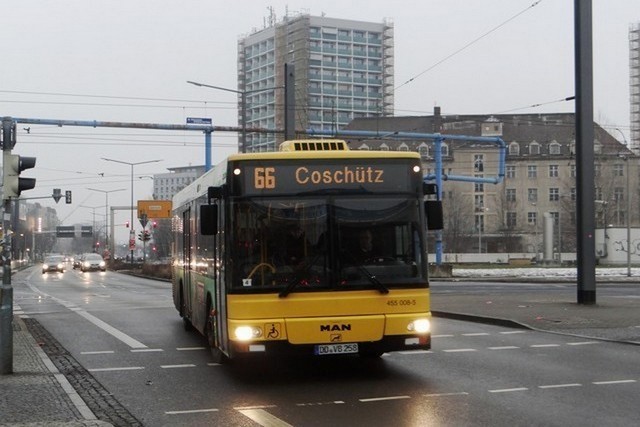
Buses usually connect to railways or trams and do not go to the centre. The exceptions are lines 62 and 75 running on the tram body in Prague Street, and line 94, which ended at the central tram junction on Postal Square.
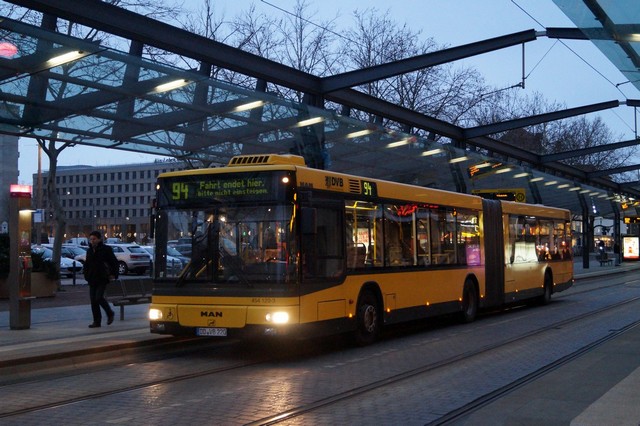
In addition, there are about 300 lines operated by private carriers serving the surrounding municipalities within the integrated system. Sometimes they are associated with city lines if they have a longer section running through the city. Regionalverkehr Dresden also participates in the operation of several city lines.
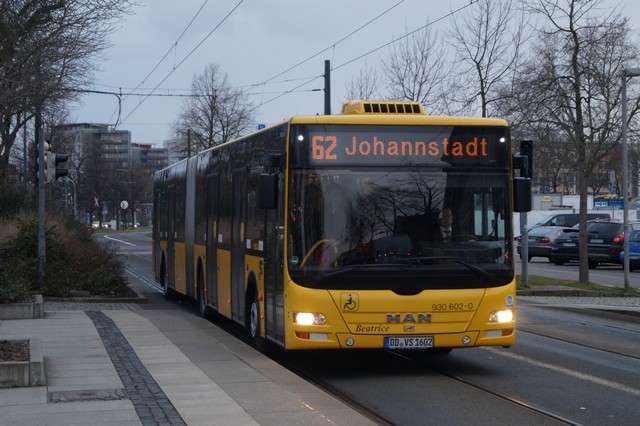
Shipping
As the Elbe flows through the centre of Dresden and there are not many bridges, ferries are part of the city’s transport. There are 3 (Gutenbergstraße – Diakonissen-krankenhaus, Alt-Tolkewitz – Moosleite and Kleinzschachwitz – Pillnitz) right in town, and there are 14 ferries in total.
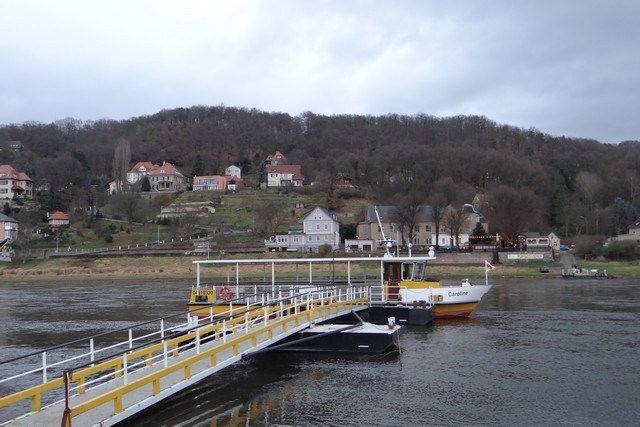
Cable cars
There are also two cable cars in the Loschwitz district. The first, better known, is a suspension track connecting Loschwitz and Oberloschwitz. With its opening on May 6, 1901, it is the oldest hanging track in the world.
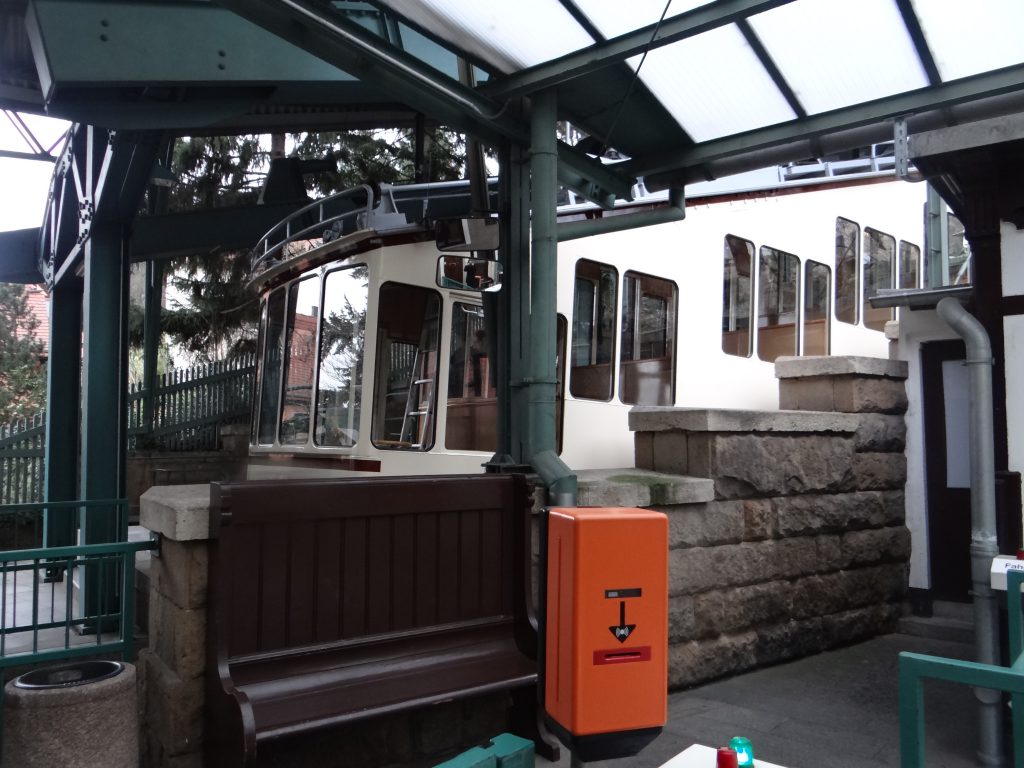
The second cable car is a rail cable car. His journey, 547 meters long, is partially conquered underground when passing through two tunnels. It overcomes an elevation of 95 meters and travels at a speed of 5 meters per second.
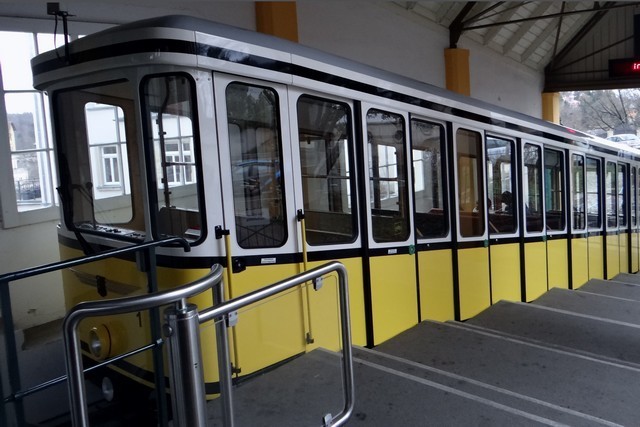
In the north of Dresden, in the quarter of Klotzsche, there has been an international public airport since 1935. It has already undergone several reconstructions and offers very high comfort for travel. Interestingly, it is closed between 10:00 p.m. and 6:00 a.m., which is not usual at airports of this magnitude.
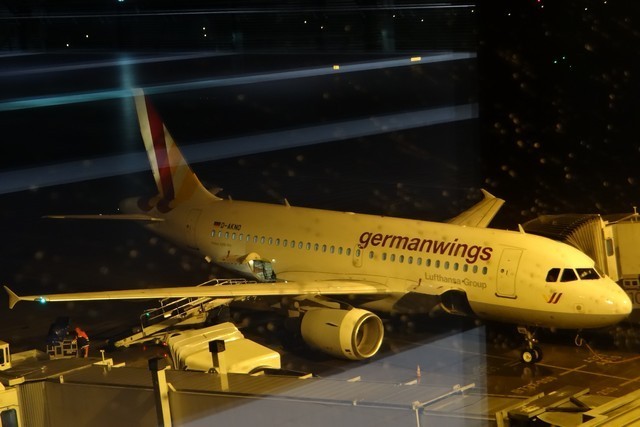
Sources: publication Von kutschern und Kondukteuren (collective of authors under the auspices of DVB), wikipedia.cz (Dresden, S-Bahn in Dresden, Tram service in Dresden, Trolleybus transport in Dresden, Suspension railway in Dresden), website wikipedia.de (Dresden, Dresdner Verkehrsbetriebe, Straßenbahn Dresden, Dresdner Haide-Bahn), seminar work S-Bahn Dresden (Robert Plocek), drazdany.info website (Transport Museum), dvb.de website (Land rope railway)

